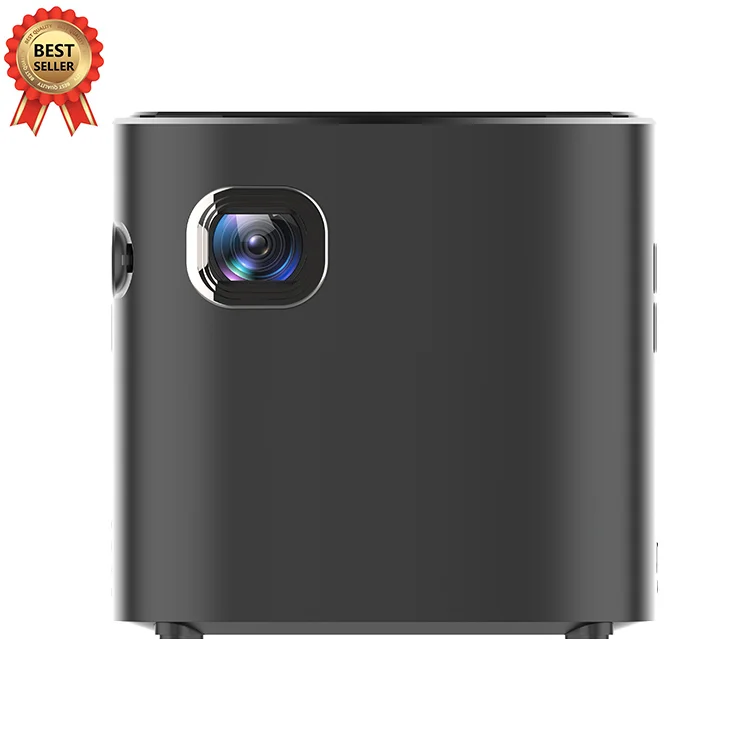

HDMI 2.1 launched in 2018, and is designed to support 8K and higher resolutions with a maximum bandwidth of 48Gbps. Can you see 8K on a 1080p monitor?ġ080p monitor can show 8K footage (though your system is likely too slow in decoding it), but it looks 99.99% the same as a 1080p footage. TV manufacturers pushed to make 4K a new standard by 2017. 8K display resolution is the successor to 4K resolution.

8K UHD (7680 × 4320) is the highest resolution defined in the Rec.
/4k-resolution-chart-5857fd665f9b586e027079ed.jpg)
The visual experience of 8K resolution For a person with 20/20 vision, while sitting 10 feet away, one would need about a 75-inch display-diagonal for HD, 120-inch for 4K, and a whopping 280 inches for 8K to be able to distinguish the resolution! What is 8K FUHD?ĨK resolution refers to an image or display resolution with a width of approximately 8,000 pixels. 8K doubles the numbers again, to a resolution of 7,680 by 4,320. 4K screens double those numbers to 3,840 by 2,160 and quadruple the number of pixels. 1080p screens have a resolution of 1,920 by 1,080 pixels. Is there a noticeable difference between 4K and 8K?ĨK is a higher resolution than 4K-and that’s it. Unfortunately, 480p (like the wheel) cannot be reinvented. It is derived quite naturally from old 4/3 display standard (e.g., VGA 640×480), before Wide Screen took over the old, almost quadratic displays.

480p is native format of DVD and SDTV and wide-screen standard-definition TV derivatives. Standard definition has always been a 4:3 aspect ratio with a pixel resolution of 640 × 480 at 60Hz for NTSC regions, and 720 or 768 × 576 for PAL regions (1024 wide for widescreen displays.


 0 kommentar(er)
0 kommentar(er)
